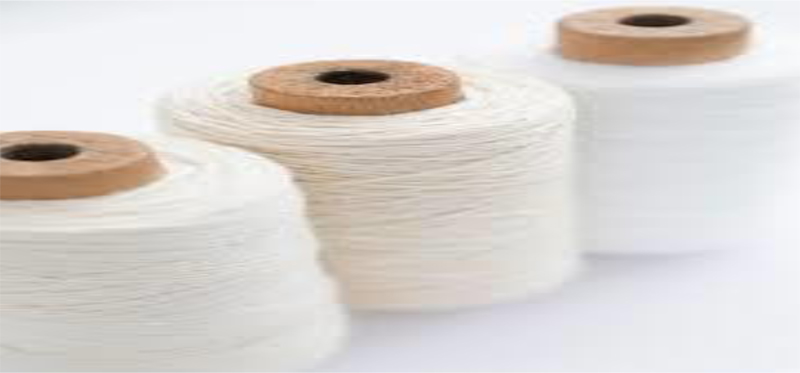By T.R. Srinivasan, Consultant – Textiles, M.Sc Textiles – Leeds University, UK, Fellow of the Textile Institute FTI Manchester, UK, and MBA – Finance, Ex-Member – Governing Council of the Textile Institute, UK, E-mail: sritextilconsult@gmail.com, +91-80-9674468647, Bangalore, India
Amongst a global Pandemic, Import Restrictions by the large importing Countries and a Consumer who is postponing Apparel Purchases, the going appears indeed challenging for the Textile Industry … Perhaps it is time to introspect on not just the Survival of the Fittest, But the Survival of Those Who Can calibrate and Adapt the Quickest…

PRODUCTION follows wherever there is ….the Lowest Cost of Production
• It has been the experience of the World Textile History to move Sourcing and Production to Countries with the Lowest Cost … In a Century, it has moved from Great Britain, Japan, Taiwan to China, Bangladesh, Vietnam and will in future perhaps find dominance in Cambodia, Ethiopia. Yet countries like India, Indonesia, Sri Lanka, Nigeria, Spain, Pakistan and many more with a legendary History of Textiles continue to struggle. Some of the biggest giants of the Textile Industry and Cloth Mills in India are struggling to survive or no longer exist ….
• However, India has many positives:
- Assurance of a large Domestic Market with a growing population and continued demand.
- Steady Raw Material Supply in Natural Fibres -Silk & Cotton and Manmade fibres eg. Polyester fibres and Blends.
- A Hardworking and strong Labour force in their 30s
- The new Textile entrepreneurs (Tex-Preneurs) in several States eg. Punjab, Gujarat, Karnataka, etc.
- A Budding Fashion Industry experimenting with Fibres
- A well connected Digital India
• Now with Government of India call to the Nation of Going – Vocal – for – Local, it is time to grab the opportunity … and Adapt quickly.
• Unit economics is still the Key: However, there is great need to reduce the Cost of Production and strengthen the Unit Economics. Some measures could help: - The Trained Labour force tend to move to higher wage Industries eg Automobiles, or Components Assembly, hence Textile Wages need to be improved and standardized to attract and retain talent. For the Private Players, supporting their staff on Subsidised Housing, Common Transport, Family connect will go a long way.
- Smaller, Local labour units will make it more agile
- Planning for full Automation of the significant portions from the Project Planning stage itself is critical.
A Higher initial Outlay can be offset by higher production, Lesser production Machinery, Open End Spinning, strong Sliver to Yarn systems, Rapier Looms, management of Wet processing and effluent treatment and more. - The Cost economics can be aided by Shorter Sequence of Production machinery needing Lesser floor Space, which enhances the quicker Movement of Products between Machines and also Modular, Internal Transport within the Factory for easy movement enabling better utilization and turnaround times of scarce working capital.
- Electricity is one of the major cost points which drives up Production Costs: Operating the Production Machinery, Lighting, Humidification. Alternative Energy sources eg. Solar Energy could be explored to save the Power Costs for atleast 7-9 months in the Year
- Another major Cost head is the need for regular Water Supply for the Humidification process, Dyeing / Wet processing, etc. A Systematic Maintenance schedule of Water Points will aid in cutting down the Water Consumption and ensure lesser fluctuations.
- Planning the effective replacement of Machinery: A key tool is to replace Machinery on a planned schedule of 8-10 year cycles and aid modernization. Many Federations could offer advice on this eg “The Indian Textile Entrepreneurs Federation (ITF)
• The Daily Tracking: - These Production measures require constant, routine monitoring and taking quick, remedial actions, which could otherwise occupy time and attention of the Production Machinery Maintenance teams leaving them less time to conduct and provide Analysis.
- Effective Technology tools can now be effectively used in Textile units to provide Analytics, Planning & Sustainability.
- A special Monitoring Team could be set up consisting of the Cross- Functional Team (CFT) of Finance, Technical and Marketing which is monitoring the daily Profitability, the Market trends & Fluctuations, Product Mix Planning, Costs of Consumables, thus optimizing the Profitability on a Daily Basis.
• Lastly, a Strong Industry Connect: A strong Industry connect is invaluable. Many Organisations, Institutes, Trade Fairs, Machinery Fairs, Journals – both domestic and International exist and that could greatly ensure this strong Connect. Many Social Media tools exists connecting the Veterans of the Industry to the newer entrepreneurs.
At the end of the Day, it is indeed the Connect and Joint efforts of all of us supported by a dynamic, vigilant decision making teams in the Industry, that will ensure the continued Survival of this Industry.